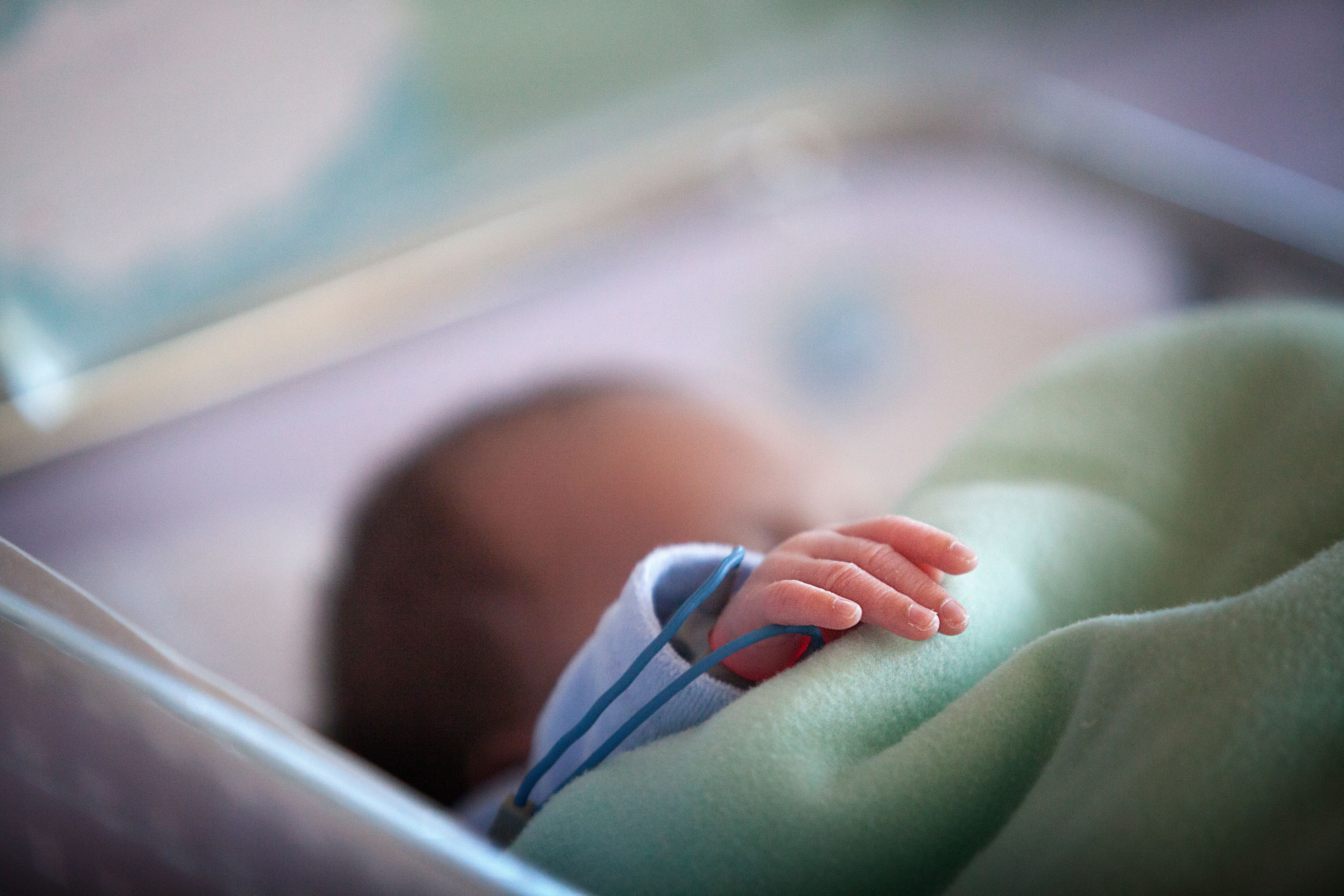Children born during the COVD-19 pandemic are experiencing less burden of respiratory disease today.
In a new research letter penned by an international team of investigators, Italy cohort data showed the country’s lockdown due to COVID-19 spread in 2020 is associated with fewer wheezing episodes and respiratory medicine use among children born during that period. The findings suggest that the sharp decrease in respiratory syncytial virus (RSV) exposure among infants and young children during the COVID-19 lockdowns significantly reduced the development of early-life respiratory illnesses.1
Investigators led by Anna Cantarutti, PhD, and Riccardo Boracchini, MSc, of the Unit of Biostatistics, Epidemiology and Public Health in the Department of Statistics and Quantitative Methods at University of Milano-Biocca in Italy, designed an analysis comparing rates of wheezing and respiratory medicine use in children born during the COVID-19 lockdown mandates of 2020 versus those born in prepandemic winter bronchiolitis seasons.
As they noted, bronchiolitis “nearly disappeared” during the early months of the pandemic. Indeed, one assessment of hospitalizations due to bronchiolitis showed cases decreased by approximately 70% during the 2020 – 2021 season versus pre-pandemic seasons in the US.2
“Bronchiolitis, caused by RSV in 50% to 80% of cases, is a recognized risk factor for wheezing illnesses and asthma,” Cantarutti, Boracchini and colleagues wrote.1 “This cohort study included all children born between February and April in 2020 (lockdown cohort) and the same months in 2016 and 2017 (historical cohort) enrolled in Pedianet, a comprehensive database of 150 family pediatricians in Italy.”
The team identified wheezing via ICD-9-CM coding, while respiratory medication use—including nebulizers beta-agonists and corticosteroids—were identified via Anatomical Therapeutic Chemical codes. Person-months were summed for cumulative wheezing incidence until 30 months of age, and a mediation analysis was conducted to evaluate the association between exposure period and the effect of bronchiolitis on said association.
Investigators adjusted all models for sex, geographic location and socioeconomic status. They additionally conducted a 45-month sensitivity analysis to account for potential delays in wheezing onset among infants and young children during lockdown.
The final assessment included 2192 births during the COVID-19 lockdown period, compared with 3889 births derived from the historic period; the 2 cohorts reported similar rates of sex, socioeconomic status, gestational age, and familial atopic disease prevalence to one another.
Investigators observed 206 children from the lockdown cohort (9.4%) experienced ≥1 wheezing episode over the 30-month follow-up, versus 582 (15.0%) from the historical cohort (P <.001 wheezing="" episode="" rates="" were="" per="" person-months="" among="" the="" lockdown="" cohort="" ci="" versus="" historical="" wp_automatic_readability="31">
Indeed, the team observed a practical absence of bronchiolitis cases during the lockdown period: 6.6 episodes per 10,000 person-months (95% CI, -0.9 to 14.0) versus 82.4 among the historical cohort (95% CI, 62.7 – 102.2).
Overall, the risk of wheezing symptoms dropped by 44% in children born during the COVID-19 lockdown. Investigators estimated that 30% of wheezing was eliminated by the preventive measures of the pandemic lockdown response alone, with the assumption that bronchiolitis had no additional positive association with wheezing risk (hazard ratio [HR], 4.43; 95% CI, 3.50 – 5.60; P = .01). The rate of nebulizer beta agonist use among children decreased from 7.9 to 5.1 per 1000 person-months among the historical versus lockdown cohorts, respectively. Nebulized corticosteroid use additionally dropped from 23.5 to 19.5 per 1000 person-months in the cohorts.
Though the analysis was limited by the retrospective design of assessment and the “impossibility of assessing RSV infection” during the COVID-19 lockdown period, the team concluded that they found children born during the early pandemic response had fewer wheezing episodes and lesser use of respiratory medicines compared to a cohort of prepandemic-born children.
“In line with a large birth cohort study demonstrating that not being infected with RSV during the first year of life is associated with a 26% lower risk of 5-year current asthma, this study underscores the potential role of a universal RSV immunoprophylaxis in preventing post-bronchiolitis wheezing,” they wrote.
References
- Barbieri E, Cantarutti A, Boracchini R, et al. Wheeze Among Children Born During COVID-19 Lockdown. JAMA Netw Open. 2024;7(7):e2420792. doi:10.1001/jamanetworkopen.2024.20792
- Remien KA, Amarin JZ, Horvat CM, et al. Admissions for Bronchiolitis at Children’s Hospitals Before and During the COVID-19 Pandemic. JAMA Netw Open. 2023;6(10):e2339884. doi:10.1001/jamanetworkopen.2023.39884

